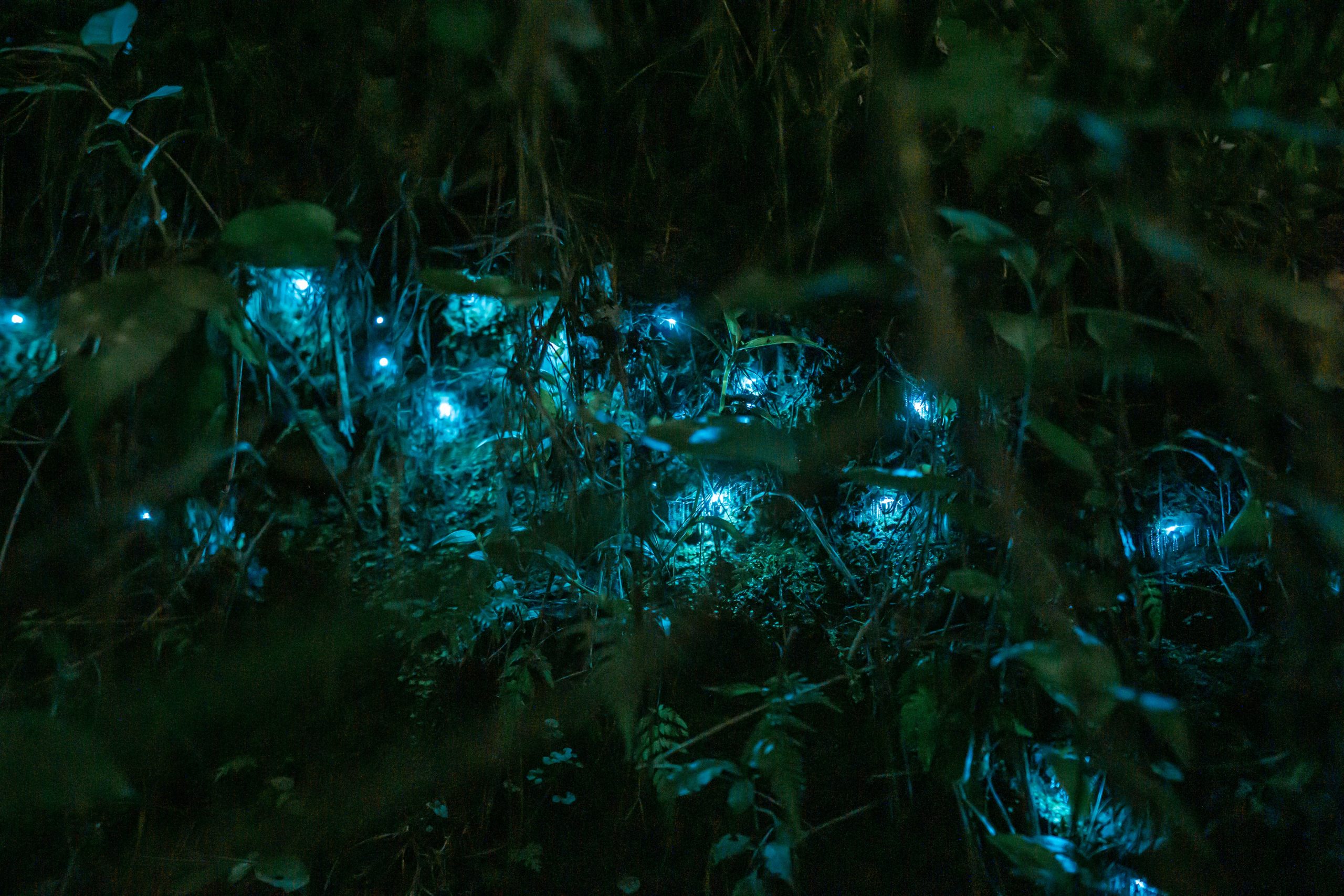Jacob, one of our sixth form students has embarked on a series of rewilding courses at Wildwood Kent. Read his account of his first day:
One of our Big Grazers for Big Landscapes: My visit to the Blean Bison
Back in November I attended a conservation course at Wildwood. This was the 1st of the 4 rewilding courses that shed light on the importance of reintroducing native animals to ecosystems where they’d previously perished due to humans hunting them to extinction in the past.
This course focused on the “Big Grazers”, which are large herbivorous mammals such as European Bison that increase biodiversity by creating a wide range of habitats as they graze through the forest. This key role they play gives them the nickname ‘ecosystem engineers’. It also mentioned rewilding as a term itself, and whether certain projects should be branded as ‘rewilding’ and whether different terms should be used as an alternative, because of the toxicity the word has gained over the years.

Bison
Although Big Grazers were the focus of the day, we were also briefly introduced to the controversial conversation of carnivore reintroduction and how our extinct species like the European Bear, Wolf and Lynx would help maintain the populations of Large Herbivores. Consequently, stopping overgrazing as their presence would cause the large herds of grazers to constantly be moving from one location to another rather than grazing in one spot, thus having a positive impact on the ecosystem. I found this incredibly intriguing and will be looking to attend the carnivore rewilding course in the near future

Lynx

Wild boar piglets
We learnt about the different types of grazers, and their unique functions in ecosystems. Wild boar act like ploughs; churning up the forest floor, unearthing even the thickest of roots like Bracken. The beloved Bison loosen plant roots and clear dense vegetation alongside the other grazers, which make space for new species of plant to colonise. Wild Horse act like clippers, cutting back vegetation; all grazers work in cooperation altering the ecosystem by their own actions, allowing other species to colonise and thrive!
The benefits of reintroducing are immense for many reasons; their fur can be used as material for bird’s nests, dung can be a food source and habitat for invertebrates such as beetles (approximately 60 species of dung beetle in the UK), as well as a fertilizer, the trees that’ve fallen due to the grazers can lead to forest regeneration and make space for more light to pass through the new spaces in the tree canopies (allowing different species to colonise) resulting in more biodiverse vegetation and a more complex root and vegetation system leading to greater carbon sequestration. The mosaic of habitats Bison create also greatly benefit the species associated with these habitats including Nightingale which need dense open woodlands with thickets and the incredibly rare Heath Fritillary that live in primarily coppiced woodland or sheltered heathland which has a stronghold in West Blean and Thornden woods.

Nightingale

Heath fritillary
After learning about what Bison can do in the Education Centre classroom, we ventured outside to Wildwood itself. First, we went to see the captive American and European Bison to get a close-up view of the amazing animal they are, and I was lucky enough to see them get fed. ‘European bison are a little taller than American bison, with less dense fur, and American bison are a bit stockier than European bison. They feed differently to one another due to their necks being differently set – American bison will graze on low-lying grass and leafy vegetation, whereas European bison will browse on leaves, fruit, and woody parts of plants and trees, perfect for UK woodlands. In the past there were more species of bison that have now gone extinct. These are the only remaining species that can do the job they do’. We also walked up onto the viewing platform, overlooking the beautiful woodland the celebrity Bison live in! This was all fantastic, but nothing compared to the finale of the day; it was time to meet the real deal; the Wilder Blean Bison!
We walked over to the Wildwood carpark, where the Bison Ranger escorted us a gate which led to the entrance of their enclosure. The chances of us seeing the Bison were incredibly slim, this is because they live in a huge section of the West Blean woodland which is owned by Kent Wildlife Trust. I waited with nervous excitement whilst the Ranger quickly checked if any of the herd were there, to all of our surprise they were!
The entire herd including the matriarch was right at the entrance, as well as the new baby Bison with its mother. We all peered through the gate; I was in awe of these remarkable mammals. What was intriguing was that the Bison Rangers weren’t sure whether she was pregnant when they arrived at wildwood up until the day it was suddenly born! This concealment is an adaptation as it helps bison not appear vulnerable in the wild when they’re pregnant. Unfortunately, I cannot share any photos of the Bison but can tell you that the baby is just as cute as the images online show it to be!
I hope you enjoyed this article and learnt a thing or two. I’m aiming to make short film on the entire project in the future and in the next few weeks I’m attending a harvest mouse ecology training and Beaver rewilding conservation course at Wildwood, so stay tuned for an article on that!
By Jacob Watson-Howland
Social Media: @jjwhphoto
Find out about conservation courses at Wildwood, Kent:https://kent.wildwoodtrust.org/conservation/conservation-courses/





0 Comments